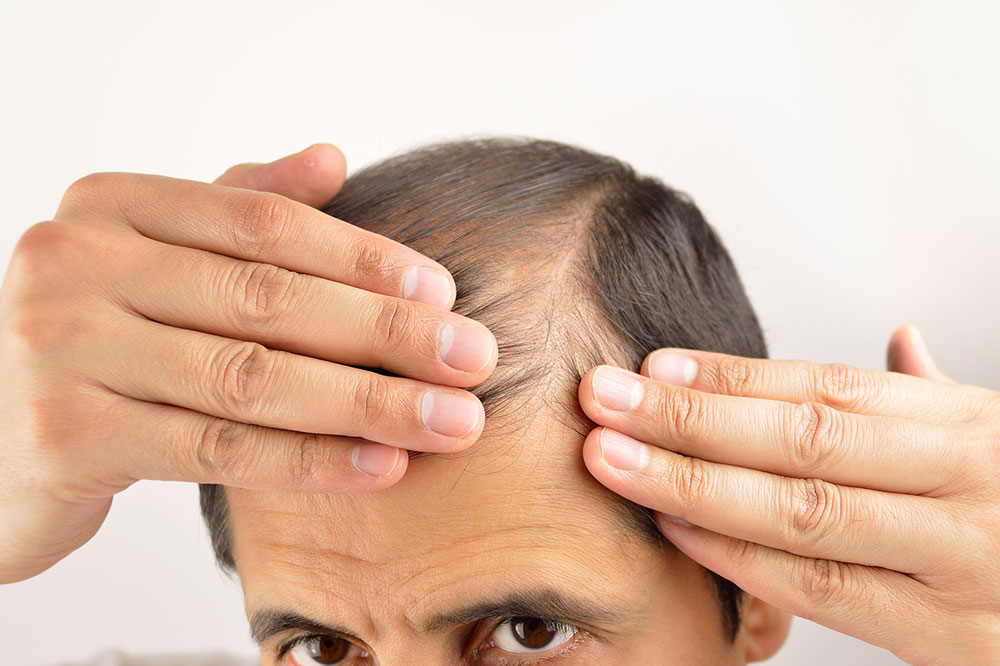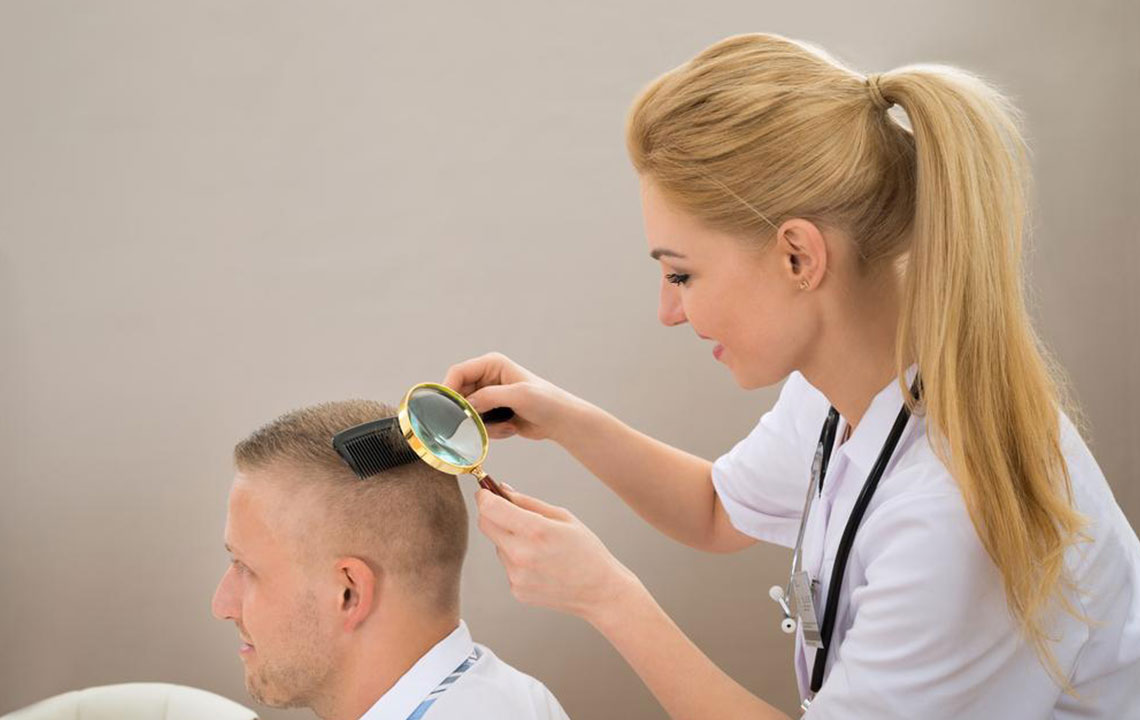Comprehensive Guide to Hair Loss: Causes, Symptoms, and Prevention Strategies
This comprehensive guide explores the causes, symptoms, and preventive strategies for hair loss. Learn how genetic, hormonal, medical, and lifestyle factors influence hair health. Recognizing early signs and understanding risk factors can help in timely intervention and effective treatment, promoting healthy hair growth and preventing permanent baldness. Suitable for individuals experiencing hair thinning or seeking preventive tips, this article offers valuable insights into managing hair loss effectively.

Comprehensive Guide to Hair Loss: Causes, Symptoms, and Prevention Strategies
Hair loss, also known as alopecia, is a common condition that affects millions of individuals worldwide. While often viewed as a cosmetic issue, hair loss can also signal underlying health issues or nutritional deficiencies. Understanding the myriad causes and symptoms of hair loss is essential for early intervention and effective management. This extensive guide delves into the various factors that lead to hair thinning or baldness, the typical signs to watch for, and practical prevention strategies to maintain healthy hair.
Hair loss predominantly results from issues involving the scalp, but it can also be intertwined with overall health conditions. Some cases of hair loss are temporary and reversible, especially those triggered by stress or medication, while others are permanent due to genetic factors. The interplay between aging, hormonal changes, genetics, and medical conditions plays a crucial role in hair loss patterns. This comprehensive overview aims to equip you with knowledge about the underlying causes, common symptoms, and available treatments or preventive measures.
Understanding how hair loss manifests can help in early detection and management. The signs differ depending on the cause, but recognizing these indicators early can significantly influence treatment outcomes. Whether it’s patchy bald spots, diffuse thinning, or sudden shedding, knowing what to look for is essential for timely consultation with healthcare professionals.
Typical signs of hair loss include a variety of patterns and symptoms, each relating to specific causes:
Patchy or round bald spots
These are often observable as distinct patches of hair loss on the scalp, beard, or eyebrows. Sometimes, initial signs include redness, itching, or soreness prior to hair falling out, which could indicate scalp infections or other dermatological conditions.
Gradual hair thinning on the scalp's top
This pattern of thinning usually becomes more apparent with age, contributing to a receding hairline in men and a widening part in women. It's often associated with androgenetic alopecia, which is hereditary in nature.
Diffuse body hair loss
Caused by medical treatments like chemotherapy or certain illnesses, this type of hair loss affects the entire body and tends to resolve over time as the body recovers.
Sudden hair shedding
Factors such as emotional stress, physical trauma, or sudden shocks can lead to rapid hair loss, often noticed during washing or brushing hair. Although often temporary, it may result in noticeable thinning if not addressed promptly.
Relapsing patches with redness and broken hair
This symptom may point to infections like ringworm, which cause redness, swelling, and oozing on the scalp, necessitating medical treatment.
Understanding the Causes of Hair Loss
Hair loss occurs when the natural cycle of hair growth is disrupted. Typically, people shed about 50 to 100 strands daily, a normal part of hair renewal. However, when hair shed exceeds growth, thinning results—a condition that can be caused by a multitude of factors. Recognizing these causes is vital for diagnosis and treatment planning.
Some of the most common causes of hair loss include:
Radiation therapy
Radiation treatments for cancer can lead to permanent hair loss in the treated regions. This side effect is often inevitable, and patients should be prepared for potential regrowth challenges or loss.
Stress and trauma
Significant emotional or physical stress can trigger temporary hair shedding, a condition known as telogen effluvium. Managing stress through lifestyle changes or therapy can mitigate this effect.
Genetic predisposition
Hereditary factors are the most significant contributors to hair loss, especially androgenetic alopecia, affecting both men and women as they age.
Medications
Various drugs for treating depression, gout, hypertension, or cancer can have hair loss as an adverse side effect. Consulting your healthcare provider about alternative options or managing side effects can be beneficial.
Hormonal imbalances and medical conditions
Fluctuations in hormones during pregnancy, menopause, or thyroid disorders often lead to temporary or persistent hair thinning. Infections like ringworm or behaviors such as trichotillomania (hair-pulling disorder) can also contribute to hair loss.
Risk Factors for Hair Loss
Various risk factors increase the likelihood of experiencing hair loss. Being aware of these can aid in preventive measures:
Age: As individuals grow older, the propensity for hair thinning increases.
Genetic predisposition: Family history plays a vital role in determining risk.
Poor nutrition: Deficiencies in essential nutrients like iron, zinc, and vitamins can weaken hair health.
Rapid weight loss or restrictive diets: These can deprive hair follicles of necessary nutrients.
Chronic medical conditions: Diabetes, lupus, and other illnesses may contribute to hair thinning.
High stress levels and traumatic events: Prolonged stress can accelerate hair loss processes.
Understanding these factors helps in adopting lifestyle and medical strategies to prevent or slow down hair loss, ensuring better hair health and overall well-being.





